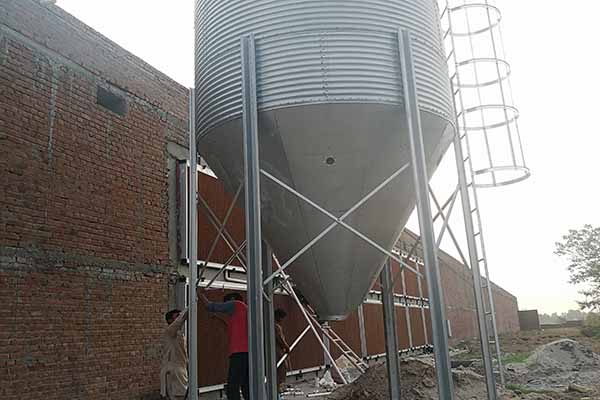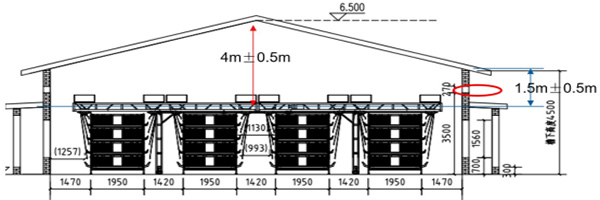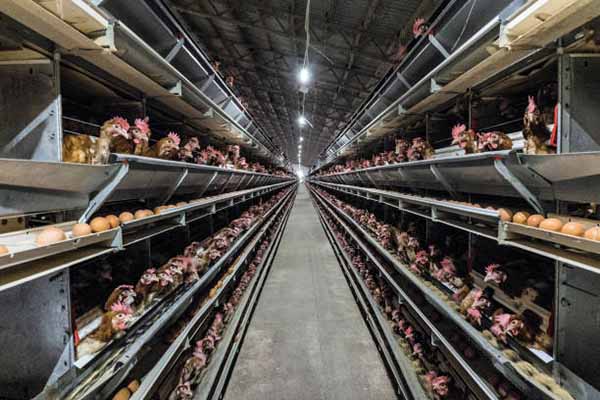Poultry Climate Control System for 100,000 Chickens in Zambia: A Comprehensive Guide
Managing a large-scale poultry farm, such as one housing 100,000 chickens, requires a robust climate control system to ensure optimal conditions for growth and health. In Zambia, where the climate can be challenging, implementing an effective poultry climate control system is crucial. This article delves into the key considerations and benefits of such a system.
Key Components of a Poultry Climate Control System
- Temperature Regulation: Maintaining a consistent temperature is vital for chicken welfare. Systems should be capable of handling temperature fluctuations, especially during extreme weather conditions.
- Humidity Control: High humidity can lead to respiratory issues in chickens, while low humidity can cause heat stress. A balanced humidity level is essential for a healthy environment.
- Airflow Management: Proper ventilation is necessary to exchange stale air with fresh air, reducing the risk of disease and maintaining a comfortable environment.
- Lighting Systems: Lighting plays a critical role in regulating the chickens’ circadian rhythm and can impact growth rates and egg production.
Benefits of an Effective Climate Control System
| Aspect | Benefit |
|---|---|
| Health and Welfare | Reduces the risk of disease and improves chicken welfare, leading to higher survival rates. |
| Productivity | Optimal conditions lead to increased growth rates and egg production, resulting in higher yields. |
| Cost Efficiency | Efficient climate control can lead to energy savings and lower operational costs in the long run. |
| Environmental Impact | Reduced emissions and waste through efficient use of resources and waste management. |
Implementing a poultry climate control system for 100,000 chickens in Zambia requires careful planning and consideration of the local climate and resources. Here are some factors to consider:

- Local Climate: Understand the temperature and humidity ranges in Zambia to design a system that can handle the specific conditions.
- Energy Sources: Evaluate the availability of energy sources such as electricity or solar power to ensure the system’s sustainability.
- Space Constraints: Consider the layout of the farm and the space required for installation of the climate control equipment.
- Regulatory Compliance: Ensure that the system complies with local regulations and standards for animal welfare and environmental protection.
For a poultry farm in Zambia housing 100,000 chickens, a well-designed climate control system can make a significant difference in the success of the operation. It’s essential to work with experts who understand the unique challenges of the region and can provide tailored solutions.

Are you considering a poultry climate control system for your farm in Zambia? Contact us today for a free, no-obligation consultation. Our team of experts can provide you with a customized design and equipment quote tailored to your specific needs.





